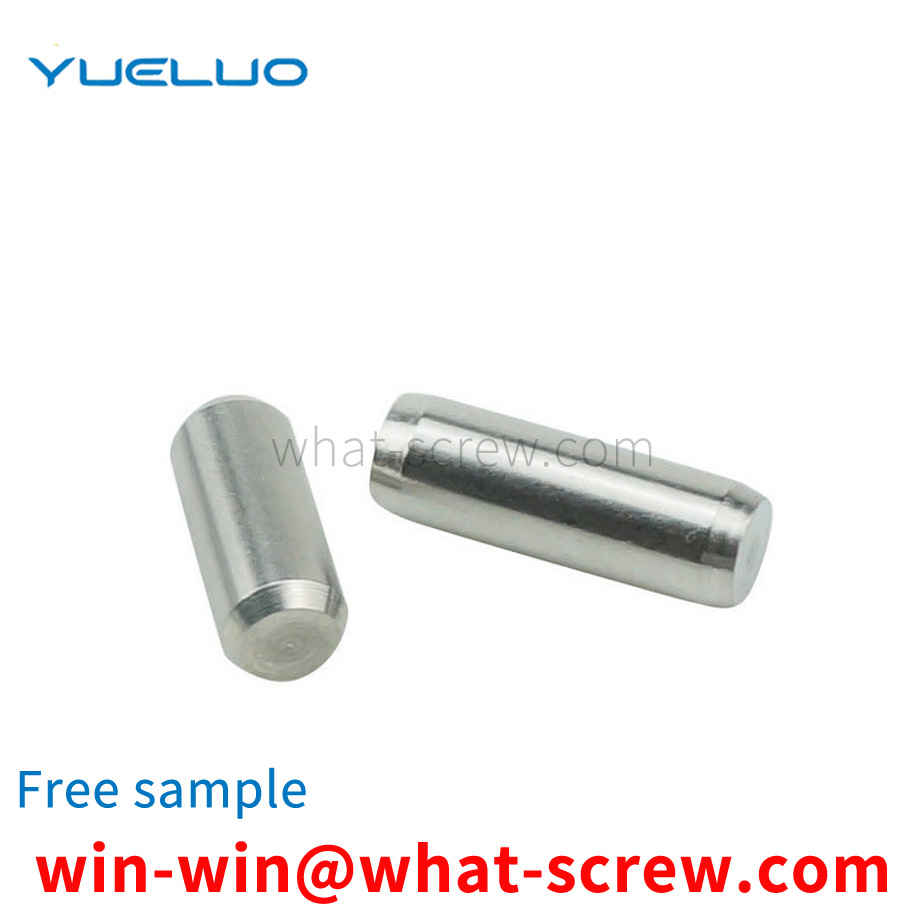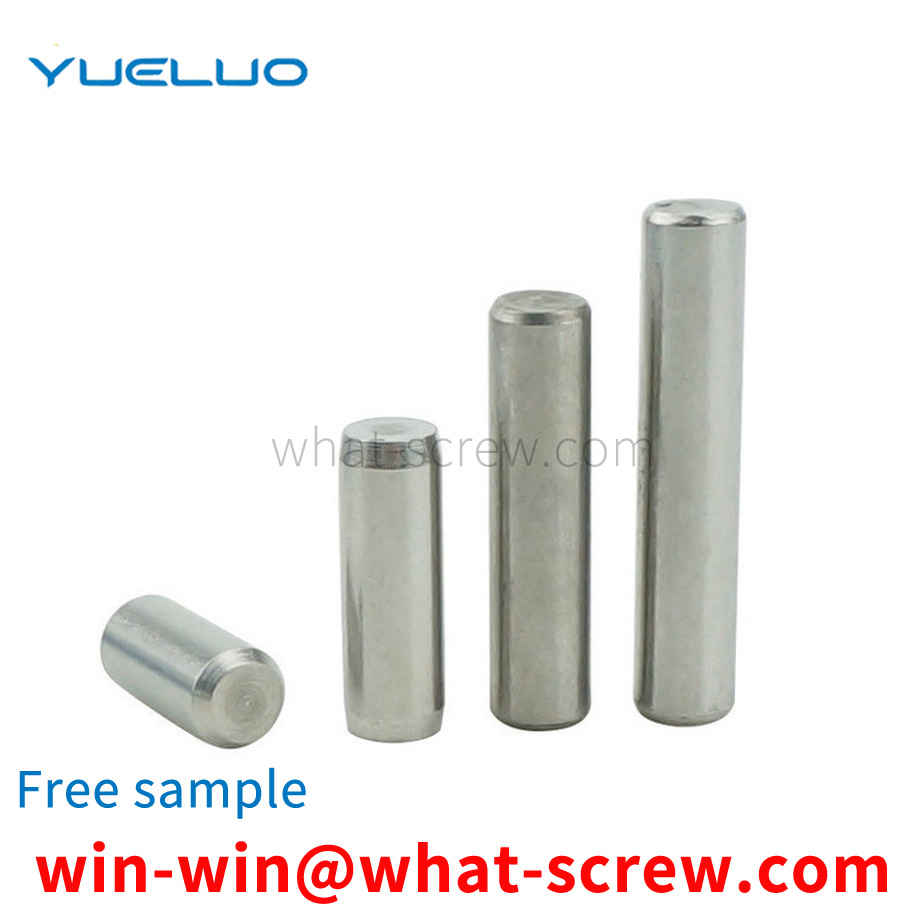The opening circlip is widely used in many industrial fields and plays a role in limiting the position of the parts. When in use, as long as the circlip is installed in the circlip groove of the part, the position of other matching parts can be effectively limited, so as to avoid the axial displacement of the matching parts. Since some opening circlips do not have circlip pliers installation holes, circlip pliers cannot be used and can only be installed by hand, which not only cannot effectively ensure the installation quality of the circlip, but also limits the efficiency of installation work.
With the vigorous development of the construction market, fastener-type steel pipe scaffolding and formwork support have been widely used, and a large number of fasteners are used in the fastener-type steel pipe scaffolding and formwork support system. The commonly used fastener structure generally includes a fastener body 1, a blade 2, and a rivet 3 for connecting the fastener body and the blade. An arc-shaped cavity 4 for penetrating the steel pipe is provided between the fastener body and the blade. Figure 1 Right-angle fasteners shown. However, in the process of building construction, the blades of the fasteners have different degrees of cracks and fractures, which lead to the scrapping of the fasteners, or the fasteners are scrapped due to the poor anchoring of the rivets of the fasteners, resulting in a lot of waste, and the fasteners are damaged. There is a large safety construction hazard. However, repairing damaged fasteners entirely by hand has many disadvantages, such as technical difficulty, time-consuming and labor-intensive, and high operating costs. Therefore, researching and designing an auxiliary device for installing rivets in the process of repairing damaged fasteners to reduce labor intensity of workers, improve repair efficiency, and reduce operating costs is a technical problem to be solved urgently by those skilled in the art.
When the countersunk head screws and hexagon socket head bolts are produced by the cold heading process, the original structure of the steel will directly affect the forming ability of the cold heading process. In the process of cold heading, the plastic deformation of the local area can reach 60%-80%, so the steel must have good plasticity. When the chemical composition of the steel is constant, the metallographic structure is the key factor to determine the plasticity. It is generally believed that the coarse flaky pearlite is not conducive to cold heading forming, while the fine spherical pearlite can significantly improve the plastic deformation ability of the steel. For medium carbon steel and medium carbon alloy steel with a large amount of high-strength bolts, spheroidizing (softening) annealing is performed before cold heading, so as to obtain uniform and fine spheroidized pearlite to better meet the actual production needs. For the softening annealing of medium carbon steel wire rods, the heating temperature should be kept above and below the critical point of the steel, and the heating temperature should not be too high, otherwise tertiary cementite will precipitate along the grain boundary, resulting in cold heading cracking. The wire rod of medium carbon alloy steel is annealed by isothermal spheroidization. After heating at AC1+ (20-30%), the furnace is cooled to slightly lower than Ar1, the temperature is about 700 degrees Celsius for an isothermal period, and then the furnace is cooled to about 500 degrees Celsius and air-cooled. The metallographic structure of the steel changes from coarse to fine, from flake to spherical, and the cracking rate of cold heading will be greatly reduced. The general area of softening annealing temperature for 35\45\ML35\SWRCH35K steel is 715-735 degrees Celsius; while the general heating temperature for spheroidizing annealing of SCM435\40Cr\SCR435 steel is 740-770 degrees Celsius, and the isothermal temperature is 680-700 degrees Celsius.
Yueluo - a screw and nut disassembly tool for a narrow space, including a sleeve rod, a sleeve rod vertically arranged at one end of the sleeve rod, a connecting rod for fixedly connecting the sleeve rod and the sleeve rod, and a sleeve rod located at the end of the sleeve rod. The connecting rod in the axial through hole of the sleeve rod, the connecting rod located in the axial through hole of the sleeve rod, and the bearing for fixedly connecting the sleeve rod and the connecting rod and making the connecting rod rotate stably in the sleeve rod , and a sleeve head arranged at one end of the connecting rod, the connecting rod and the adjacent end of the connecting rod are provided with gears and the two gears are vertically meshed, so that when the external force drives the connecting rod to rotate, the force passes through The two gears and the connecting rod are transmitted to the sleeve head, thereby driving the screw or nut in the sleeve head to rotate;
The main purpose of the screw is to make the industrial product form a fixed one. In use, it often happens that the teeth cannot be closely attached, the screw head will be broken if the screw is locked too hard, or the tooth pattern is not properly locked, etc., and the use conditions are not met, all of which are quality. the problem of accuracy. Screws are mass products, not handmade works of art. In mass production, the purpose is to achieve high-precision and stable quality and popular prices to supply consumers. The accuracy of screws is usually 6g, and the rough screws used in construction projects are 14g. The value of screws is very important. In the world, there are examples of automobile factories going bankrupt because of poor screw quality; there are also examples of planes falling and vehicles being overturned because of poor screw quality.
We have many years of experience in the production and sales of screws, nuts, flat washers, etc. The main products are: screw cap screws, U-shaped screws and U-shaped clamps You have the right fastener solution for you.



















 Service Hotline
Service Hotline




